Anchoring a shed is an important step in the process of building and maintaining your outdoor storage space. This task can seem intimidating, especially to those who are new to DIY home construction projects or have limited experience in carpentry and landscaping. But by following the steps detailed below, you will find anchoring your shed straightforward and relatively easy – you’ll soon be ready to declutter your garage or backyard with confidence! With just some simple tools and materials, learn how to securely anchor a shed for maximum stability so that it stands firm through storms and winds alike.
What are Shed Tie Downs?
Anchoring a shed requires the use of shed tie downs. They keep the shed secure, even during high winds and storms. Tie downs come in several different types, including anchors, straps, and cables. Each is designed to provide a unique level of security and stability for your shed.
Using two or more tie down methods can provide the best protection for your shed. This will ensure that it is held in place and remains stable during strong winds or other sudden impacts. Be sure to check periodically to make sure all of the tie downs are still secure, as they may become loose over time due to wear and tear.
It’s important to use appropriate anchoring methods when tying down a shed so that it remains safe and secure even in extreme weather conditions. To make sure your shed stays firmly in place, it’s important to determine the most appropriate tie down method to use. [1]
Why Do You Need Them?
Meet Local Regulations
Tie downs are important for meeting local building codes and regulations. Depending on the region, structures such as sheds must meet certain standards when it comes to stability. This often includes properly anchoring the shed to the ground or other surfaces with tie downs.
Protect Your Shed from Damage
Sheds are designed to be durable and withstand a range of weather conditions, but this doesn’t mean they can’t suffer from damage. Strong winds can cause serious structural damage if not anchored correctly, so using tie downs can help reduce the risk of this occurring. Tie downs will also help protect your shed from horizontal movement due to strong winds or flooding.
Create Stability During Severe Weather Conditions
Tie downs are essential for ensuring your shed remains stable and secure during storms, floods and other extreme weather events. Even with a sturdy foundation, winds of a certain speed can cause a structure to move without proper anchoring. By using tie downs you will help create the stability needed to keep your shed in place no matter what nature throws its way. [2]
Insurance Reasons
In some cases, insurance companies may require a shed to be properly secured with tie downs in order to receive coverage. This is because they understand the importance of using these methods to keep the structure safe and secure in all types of conditions. If you are unsure about your shed’s needs for insurance purposes, it is best to check with your insurer before deciding which type of tie down method would be most appropriate.
Overall, tie downs are an important part of anchoring a shed and ensuring its stability and safety even during extreme weather conditions. They can also help meet local regulations and help protect your shed from damage due to strong winds or flooding. Knowing which type of tie down method is best suited for your shed can help you make sure it remains secure in all types of conditions.
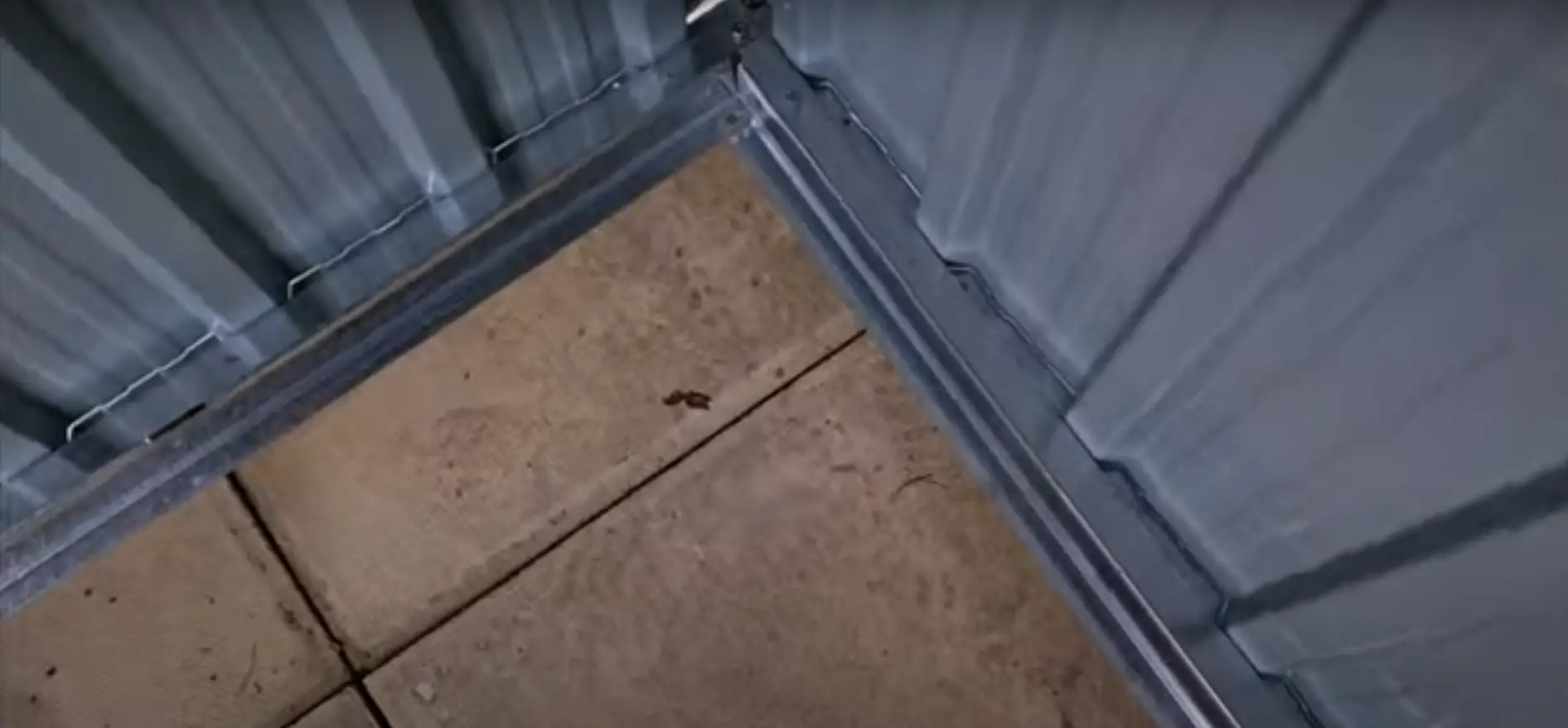
Types of Shed Anchoring Systems
Concrete Expansion Anchors
Concrete expansion anchors are a common and well-liked option for securing a shed. This type of anchor uses mechanical force to expand the bolts within pre-drilled holes in the wall or floor of the shed, making them highly secure and stable. [3]
Screws or Bolts
Screws or bolts can be used as an alternate method of securing a shed, though it may not provide as much stability and security as concrete expansion anchors. The screw or bolt should be at least 3 inches long, with large washers placed between each layer of material for maximum strength.
Wooden Dowels
Wooden dowels are great for anchoring a shed because they are easy to install and require no special tools or hardware. However, it is important to use a preservative-treated dowel to prevent it from rotting over time.
Earth Anchors
Earth anchors are an ideal option for securing large or heavy sheds. This type of anchor is driven into the ground using a special tool which creates an extremely secure and stable foundation. However, they can be difficult to remove once installed.
Cable Ties
Cable ties are another great way to securely anchor a shed. They provide strong yet flexible support and can be easily adjusted if needed. For maximum strength, ensure that the cable tie is hooked around at least two studs in the wall of the shed before tightening. [4]
Foundation Anchor Plates and Straps
Foundation anchor plates and straps offer an effective yet affordable way to secure a shed. This system consists of steel plates with embedded bolts which are attached to the wall of the shed. The plates are then secured using straps which are tightened around them as well as the floor or ground where the shed is located.
Auger Style Shed Anchors
Auger style shed anchors are a great solution for anchoring a shed as they provide a strong, secure foundation. This type of anchor is driven into the ground with an auger and then tightened to create a stable base for the shed.
By Type of Construction
If the shed is made from masonry, such as brick or concrete blocks, it can be anchored using masonry anchors. For wooden sheds, lag screws and other heavy-duty fasteners are usually sufficient for securing the shed to the ground. Finally, if the shed is metal, a combination of bolts and toggle bolts should suffice. [5]
By Type of Shed
The type of shed you have will determine which type of anchor is best to use. For example, a large metal shed may require the use of auger style anchors while a smaller wooden shed may be adequately secured with screws and bolts.
No matter what type of anchoring system you choose, it is important to follow the manufacturer’s instructions closely to ensure that the shed is securely anchored in place. With proper installation, your shed should remain safe and secure for years to come!
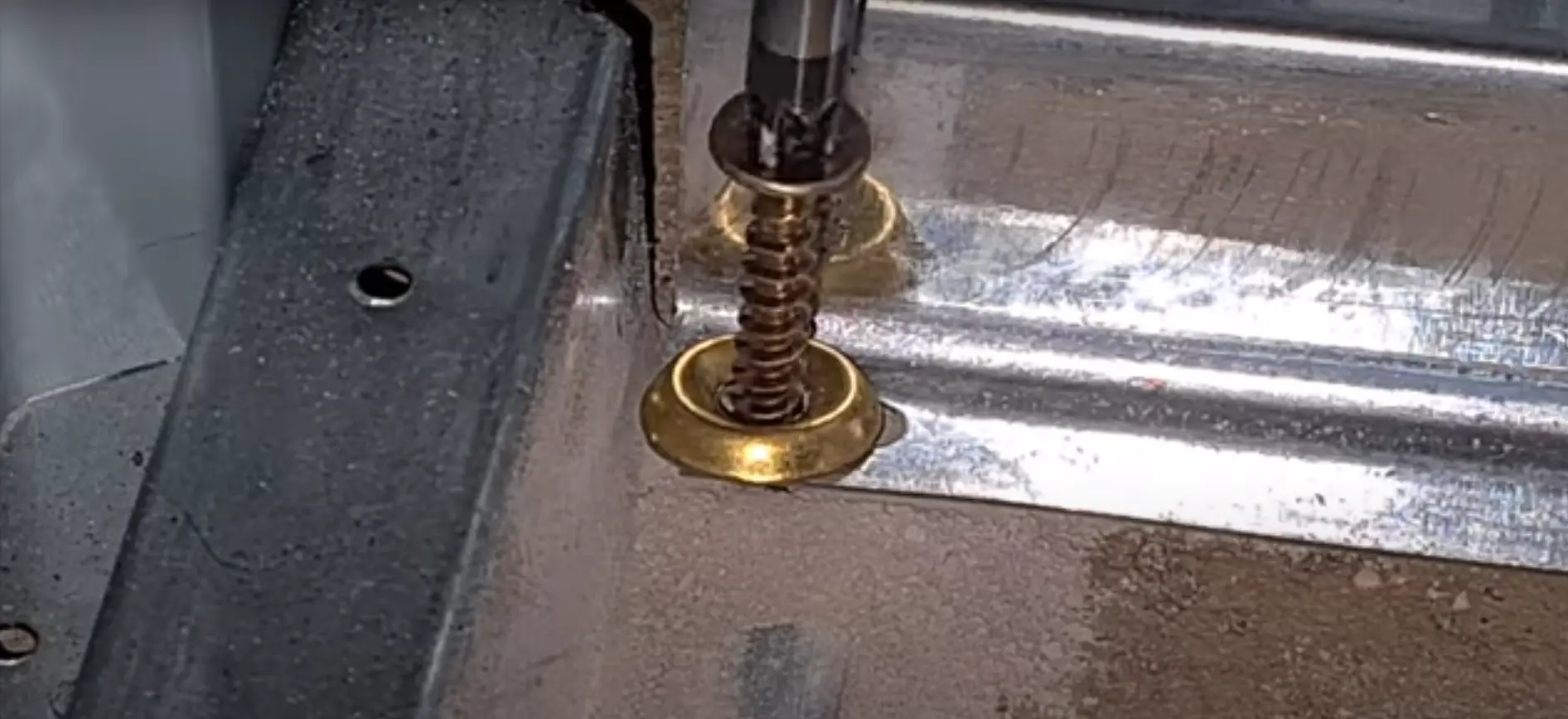
What is the Best Way to Anchor Your Shed to the Ground?
The best way to anchor your shed to the ground is by using anchors and brackets. Ground anchors, such as concrete or screw-in anchors, are used in conjunction with metal brackets attached to the shed’s floor. This combination helps ensure that the shed remains secure and stable in its location during high winds and other inclement weather.
Alternatively, for sheds placed on pavement or hardscape surfaces, consider using surface mount anchors or foundation bolt systems. These are specifically designed for use on concrete and asphalt surfaces, and provide a secure anchoring point for your shed.
No matter which type of anchor system you choose to use, it’s important to make sure that they are installed correctly so that they remain in place during inclement weather. Make sure that all hardware is tightened securely, brackets are firmly affixed to the flooring system, and the anchors are properly secured into the ground. Additionally, check the security of these anchors on a regular basis as part of your shed maintenance routine.
For additional tips on how to anchor your shed safely, consult an experienced contractor or local home improvement store professional for advice and guidance. With proper anchor systems in place, your shed will remain secure and safe during any kind of weather. [6]
How to Anchor a Shed to Concrete Slab?
When anchoring a shed to a concrete slab, it is important to ensure the shed is firmly attached and can withstand strong winds or other adverse weather conditions. There are several methods for attaching wooden sheds to a concrete slab, including using anchor bolts, lag screws, or steel straps.
1) Anchor Bolts: To use anchor bolts when anchoring a shed, drill holes into the concrete that correspond to the pre-drilled holes in your frame parts (usually provided with the kit). Insert an appropriate sized bolt into each hole and then tightly secure them in place using washers and nuts. Make sure the bolts are tight enough so they don’t move around.
2) Lag Screws: Use lag screws to attach the shed frame directly to the concrete slab. Drill holes into the concrete that correspond to the pre-drilled holes in your frame parts, then insert and tighten with a nut and washer.
3) Steel Straps: To use steel straps when anchoring a shed, attach one end of the straps to the shed frame using a metal clip or bolt and secure it firmly in place.
Next, attach anchor bolts into the concrete slab at intervals of about three feet apart and bolt them tightly in place. Then thread each strap through an anchor bolt and pull tight before securing with another metal clip or bolt.
Follow these steps carefully when anchoring a shed to a concrete slab, and with some patience and attention to detail, you can ensure that your shed is securely attached for years to come. [7]
How to Anchor a Shed to Pavers?
Anchoring a shed to pavers is an important step in ensuring that the shed is secure and does not move. It can be done by installing metal anchors into the existing paver material or using bolts and straps to tie down the shed. Here are some steps you can take to anchor your shed to pavers effectively:
- Choose the right type of anchor for your project. There are several types of anchors available, each designed for different types of surfaces and materials, such as concrete pavers, asphalt pavers, brick pavers, natural stone pavers, etc. Be sure to read product labels carefully to make sure you select an appropriate choice for your needs.
- Measure out the area where you will be anchoring the shed. Measure twice to be sure that everything fits correctly and that you have enough room for each anchor.
- Pre-drill holes in the pavers, making sure to use a masonry bit to ensure adequate strength and stability of the hole.
- Insert anchors into the pre-drilled holes and tighten them down with a wrench or ratchet set until they are firmly secured in place.
- Fasten straps or bolts from the shed’s frame to the anchors, ensuring that everything is tightly secured together before proceeding further.
- Finally, check all connections for sturdiness and make any adjustments as necessary until everything feels secure and stable. [8]
How to Tie Down a Rubbermaid Shed?
When anchoring a Rubbermaid shed, it is important to make sure that the anchors are secure and properly installed. The best way to do this is to use concrete anchors. Concrete anchors provide a solid foundation, allowing the shed to remain in place during high winds or other inclement weather conditions.
First, prepare your area for the installation of your concrete anchors. Make sure there is room around the perimeter of the shed so you can install them on all four sides. You will also want to remove any vegetation from where you plan on placing the anchors, as well as ensuring that any debris has been cleared away from the area before beginning.
Next, locate your anchor points by measuring out from each corner of the shed. The anchors should be placed at least 8-10 inches away from the shed for maximum stability. Once you have determined the anchor points, mark them with a marker or small flag so it is easy to identify where each anchor should go.
Now you are ready to start drilling holes for your concrete anchors. Start by drilling a pilot hole into the ground in each of the marked locations, making sure that it is deep enough to secure the anchor in place. Then use an auger bit or larger drill bit to create a larger hole for inserting the anchor.
By following these steps and taking care to ensure that your anchors are properly installed, you can rest assured knowing that your Rubbermaid shed is securely fastened to the ground. This will help keep it safe from high winds and other inclement weather conditions while keeping it securely in place all year round.
Additionally, you may want to secure your rubbermaid shed further with sandbags or additional weights, such as cement blocks or bricks around its perimeter if needed. This will add extra stability and protection against strong winds which could potentially damage the shed’s structure over time. [9]
How to Anchor a Metal Shed?
Before starting any anchoring process, check with your local building codes as they may require certain types of anchors or installation techniques based upon the area where you live.
The first step in securing your metal shed involves digging post holes in order to install concrete footers. It is important to make sure these holes are deep enough so that when the concrete footer is poured and set, it will be below the frost line for your area. Once these holes are dug, you can fill them with gravel or crushed stone before pouring in the ready-mix concrete. Make sure to tamp down each layer as it is being poured.
Once your footers have been installed and left to cure, you are now ready to secure the shed to them. Begin by attaching anchor brackets to the base of your metal shed. You may need a friend or two to help support the shed while attaching the brackets; make sure everything is level before securing them into place. The type of anchors used will depend on what type of soil you’re working with—for instance, if you have sandy soil, you may need to use screw anchors.
Once the brackets are secured, attach them to the concrete footers with lag screws or masonry bolts depending on the bracket used. Make sure these screws and bolts are tightened securely so they cannot loosen over time and cause damage to the shed. Finally, check all of your attachments to make sure everything is secure before using your metal shed.
With some careful planning and preparation, anchoring a metal shed correctly is entirely possible! Just follow these steps and you’ll have a sturdy structure that will last for years to come.
FAQ
How do you anchor an existing shed?
Anchoring an existing shed requires attaching it to the ground or a nearby wall for added stability. To anchor your shed, you will need a few basic tools and supplies: concrete screws and anchors, drill with bits, heavy-duty lag bolts, hammer, level, tape measure. First, identify where you want to anchor the shed. It’s best to use multiple points of contact on walls or the ground. Measure any distance between these points and mark them with a pencil or marker so you know exactly where to place the lag bolts. Then attach the lag bolts into each marked spot using a hammer and pre-drill holes if necessary. Once all of your lag bolts are in place, install concrete screws or anchors using your drill. Make sure the screws are driven into the ground or wall firmly and securely. Finally, use a level to make sure your shed is properly leveled before tightening all of your bolts and screws.
Do I need to anchor my shed to concrete?
The short answer is yes, you should anchor your shed to a concrete slab or foundation. This is especially important if the shed will be exposed to severe weather such as high winds and heavy snowfalls. It also helps prevent flooding in areas with heavy rainfall. Anchoring your shed to a concrete base provides added stability and reduces the likelihood of it shifting or becoming damaged due to extreme weather conditions. There are several different ways to anchor a shed to concrete, depending on the type of shed you have and the type of soil your property has. For example, if you have a wooden shed constructed on dirt, then using lag bolts and lag shields can be an effective anchoring method. In this case, drill holes into the sides of your shed and the concrete slab, then secure them with lag bolts and shields. You can also use masonry anchors or wedge anchors if the soil is more clay-like.
If you have a prefabricated metal shed, it likely came with anchor points already built into its structure. You can use these to attach the shed directly to the ground or concrete slab using appropriate screws and bolts.
Should you anchor a shed to the ground?
The answer depends on the size and location of your shed. If the shed is small, you may not need to anchor it down at all. However, if your shed is large and located in an area with high winds or potential flooding, anchoring it to the ground offers added security. Depending on where you live, local building codes might also require that sheds be securely anchored down.
Do you need footings under a shed?
If you are anchoring your shed to the ground, it is important that you use footings. Footings help spread the weight of the shed and its contents evenly across a greater area, preventing any one point from becoming overloaded. The size, shape and material for footings will depend on local building codes and soil conditions.
Can you put a shed on concrete blocks?
Yes, you can put a shed on concrete blocks. This is often a more affordable and easier option than pouring a foundation for the shed. Using concrete blocks provides extra stability and prevents it from shifting due to wind or other forces. When using this method, ensure that the base of your shed is level before placing the blocks and make sure to use gravel underneath them. You should also use pressure-treated lumber to secure the blocks together. To further reinforce the shed, add straps on each corner of the shed where they meet at the base of the structure. Be sure to check local building codes before anchoring a shed onto concrete blocks as some municipalities require additional reinforcements in order to comply with safety regulations.
Can you put a shed on paving slabs?
Yes, it is possible to put a shed on paving slabs. Before doing so, however, you should make sure that the slabs are strong enough to support the weight of the shed. Additionally, you may want to lay down a sheet of plywood or other similar material between the slabs and the shed flooring for added protection and support. To secure the shed to the paving slabs, use masonry anchors or lag screws along with rawl plugs and washers as necessary. The number of anchors required will depend on the size and weight of your shed. Additionally, you may need to add additional bracing near door openings if they are close enough together that movement could cause damage when opening or closing them.
Useful Video: How to anchor metal shed
Conclusion
Anchoring a shed is an incredibly important task that shouldn’t be overlooked. Without proper anchoring, your shed can easily become damaged or even destroyed in high winds and storms. To anchor a shed properly, you’ll need to purchase the right type of anchors for whatever material your building is made out of. If you have any questions or concerns about how to properly anchor a shed, it’s best to consult with an expert in the field who can provide more detailed advice tailored to your unique situation. With the right materials and knowledge, you can rest easy knowing that your shed will stay securely anchored no matter what conditions come its way!
References:
- https://plasticinehouse.com/how-to-anchor-shed/
- https://shedsbydesign.com/shed-safety/how-do-i-anchor-a-shed-to-the-ground/
- https://americanearthanchors.com/blog/how-to-anchor-a-shed-to-the-ground/
- https://diyshedsandplans.com/how-to-anchor-shed-to-ground/
- https://shedsbydesign.com/shed-safety/how-do-i-anchor-a-shed-to-the-ground/
- https://backyardworkspace.com/how-to-properly-anchor-your-shed-to-the-ground/
- https://houshia.com/how-to-anchor-your-shed-to-the-ground/
- https://www.simplypaving.com/advice-centre/how-to/how-to-lay-a-shed-base-with-paving-slabs/
- https://www.siteprep.com/shed-foundation-options/





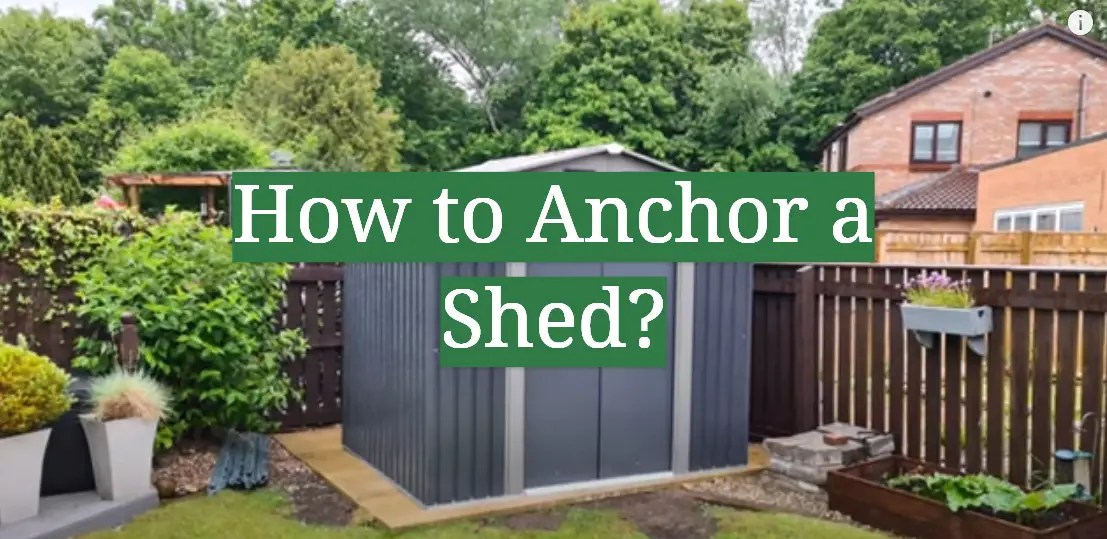
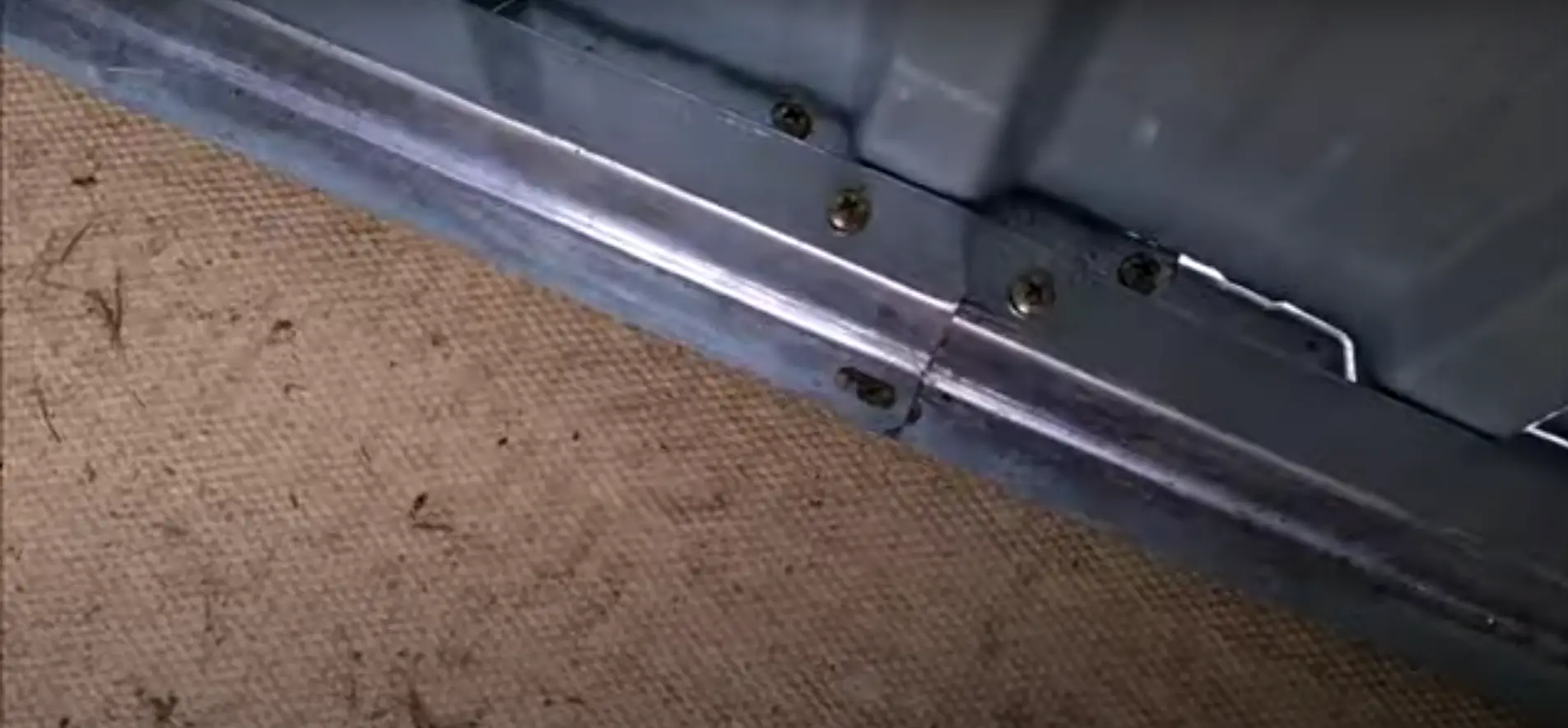
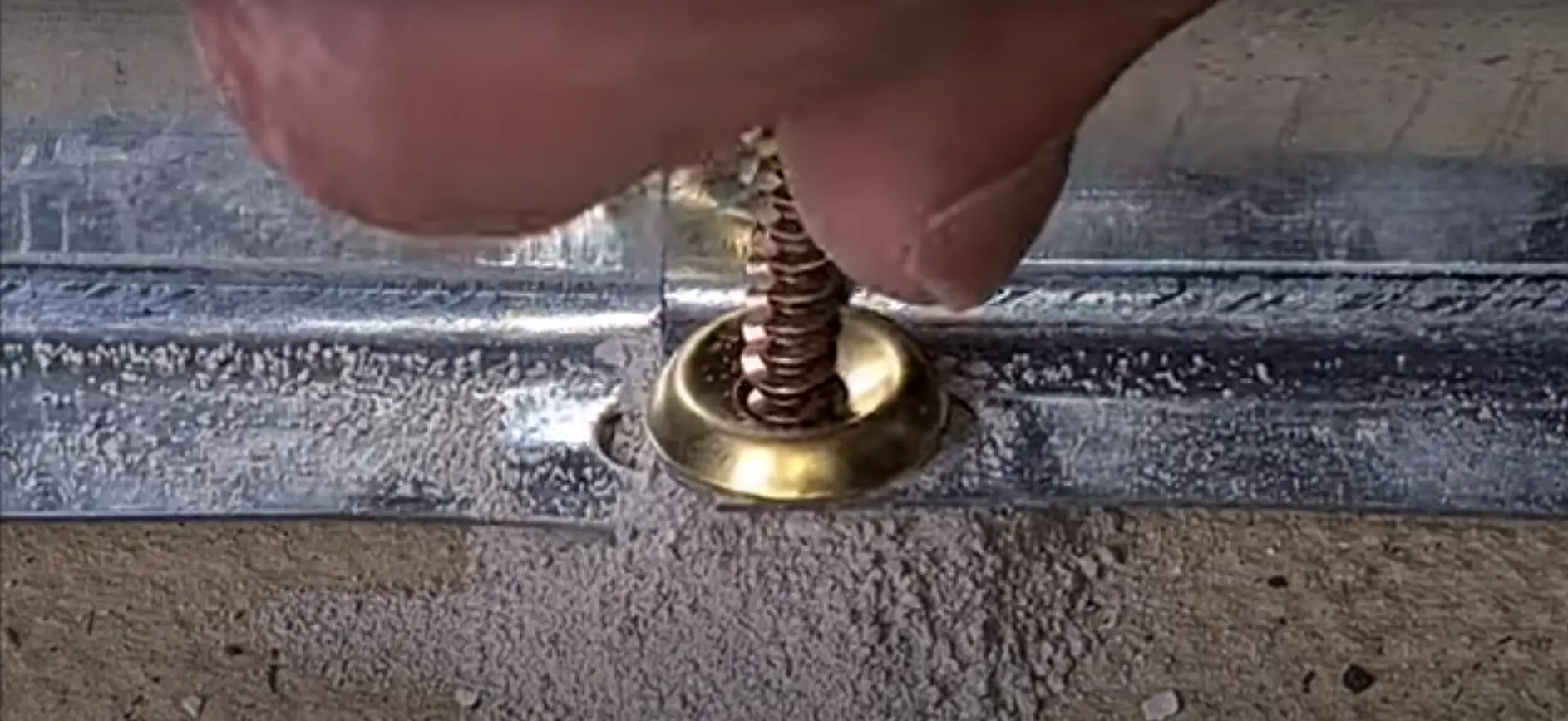
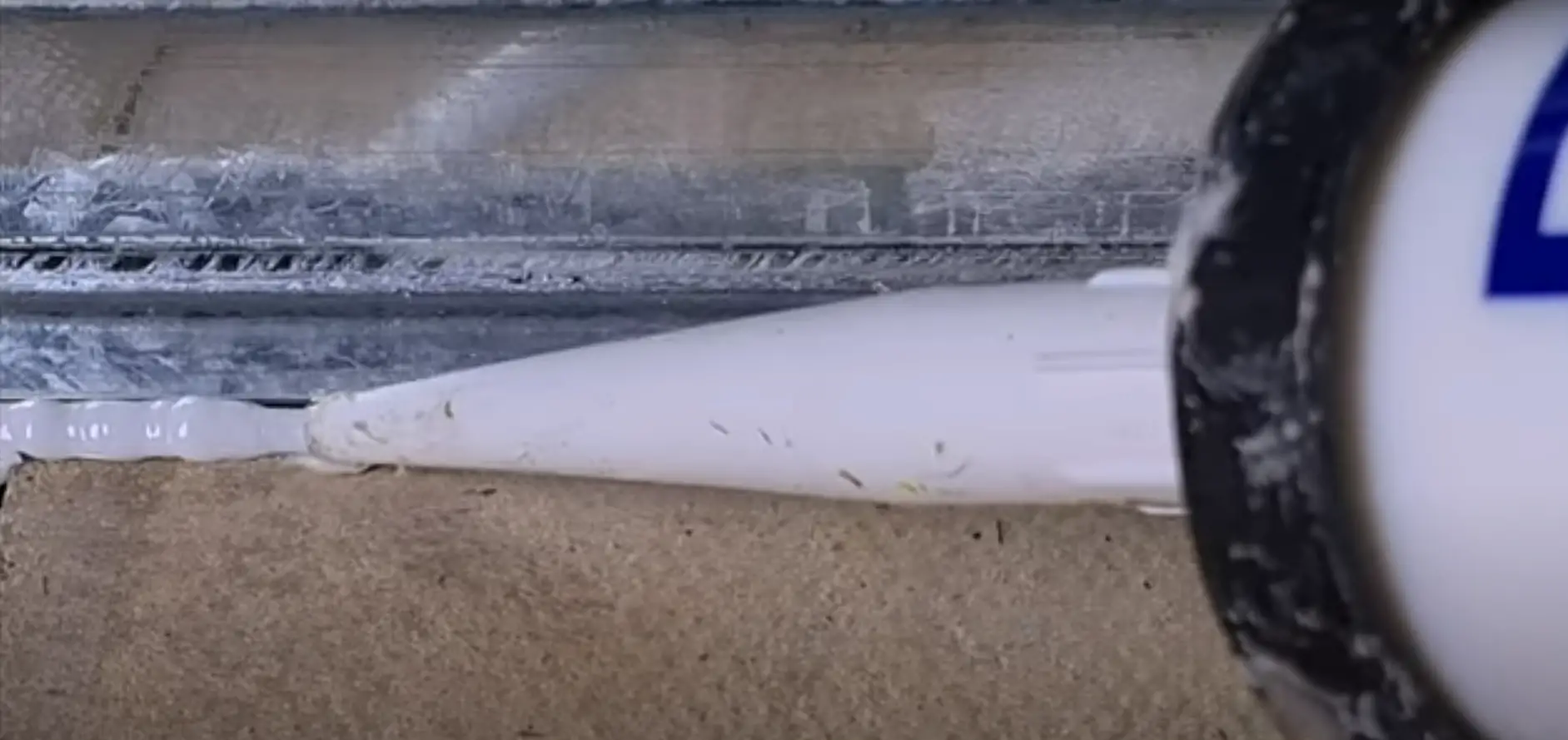
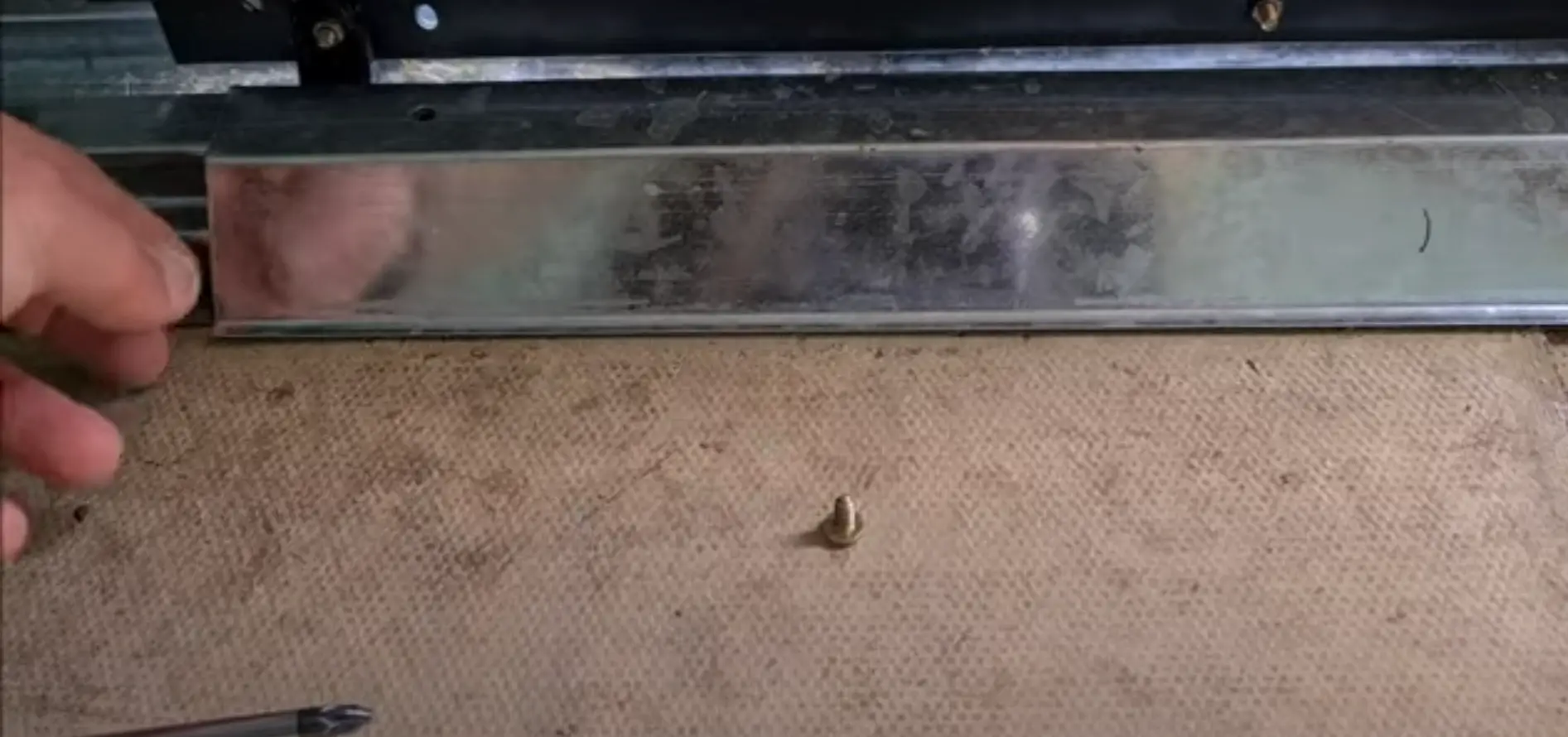
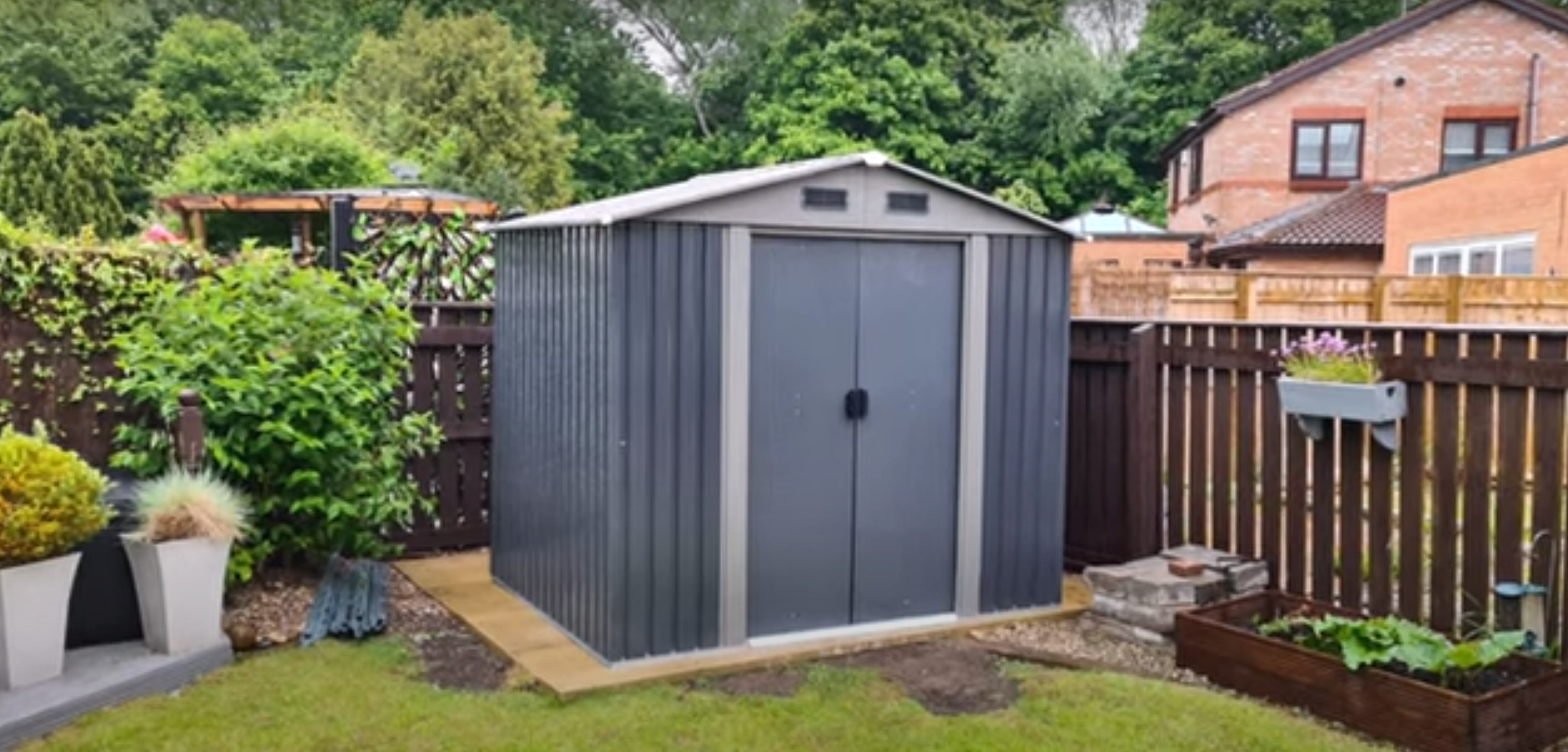



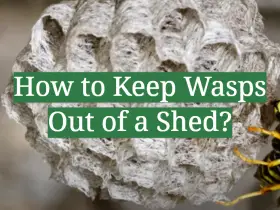
Leave a Reply
View Comments